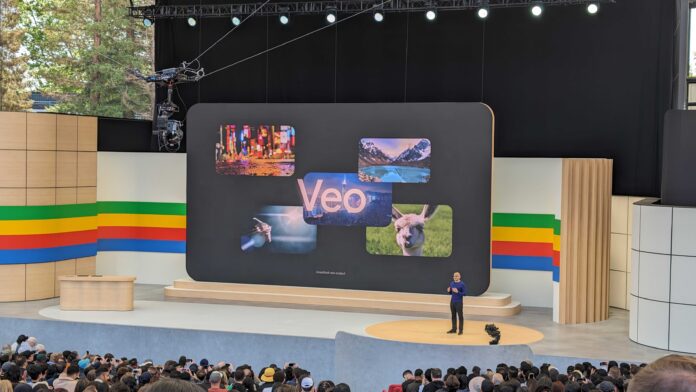TL;DR
- Gemini will now let you generate videos from existing images using its Veo3 model.
- Google says you can also use actual photos to transform them into videos.
- Veo3 will limit the output to eight-second clips in 720p resolution.
If you’ve recently come across any realistic-looking videos with bizarre tropes, chances are they were generated using Google’s Veo3 AI video generation in Gemini. Its outstanding continuity of video frames, the ability to automatically generate audio, and seamless lip syncing are unlike anything we’ve seen on other models, including Runway AI or OpenAI’s Sora, which is one reason for its immense popularity. Last week, Veo3 became more widely available to all Gemini subscribers and is now getting another upgrade that makes it even more tempting.
Google has announced that Veo3 will now be able to convert existing images into videos. This feature is available to all paid subscribers in the Gemini Pro and Gemini AI Ultra tiers in select regions. With this development, subscribers will be able to convert pictures, including the ones in their camera rolls, to video clips with sound.
Here’s an example from Google:
Google says the functionality is starting to roll out on Gemini’s web interface today and will be available on the Android and iOS mobile apps over the next few days.
In addition, the image-to-video functionality is already available on Flow, Google’s AI filmmaking tool, which provides greater control over scene composition, camera effects, and even allows users to store AI-generated elements, called “ingredients,” for reuse in multiple scenes.
Notably, videos generated with Gemini have certain limitations. The generated clips can only be eight seconds long, have a resolution of up to 720p, and a 16:9 aspect ratio. Additionally, Google also places a cap of 100 generations per month for Gemini Pro users, given its much lower subscription costs ($20/month) and limits audio generation to the Gemini AI Ultra tier, which costs $250/month.
All videos generated with Veo3 feature both a visible watermark and a hidden SynthID signature, so it’s easy to classify them as AI-generated. Besides its utility in limiting the spread of misinformation, these watermarks might also allow Google to identify — and limit monetization for — AI-generated videos on YouTube, as per its latest plans to curb AI slop.
Google’s announcement arrives just weeks after MidJourney released its video generation tool. However, unlike Gemini, it only allows actual photos to be used as reference images to generate AI images, which are then converted into short video clips, and that too, without audio.
